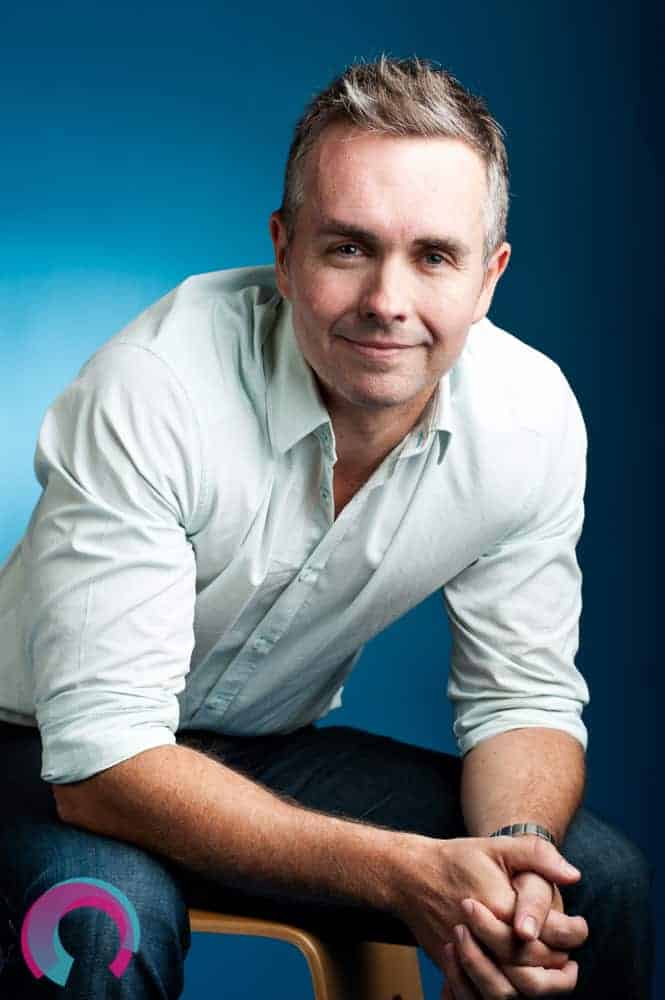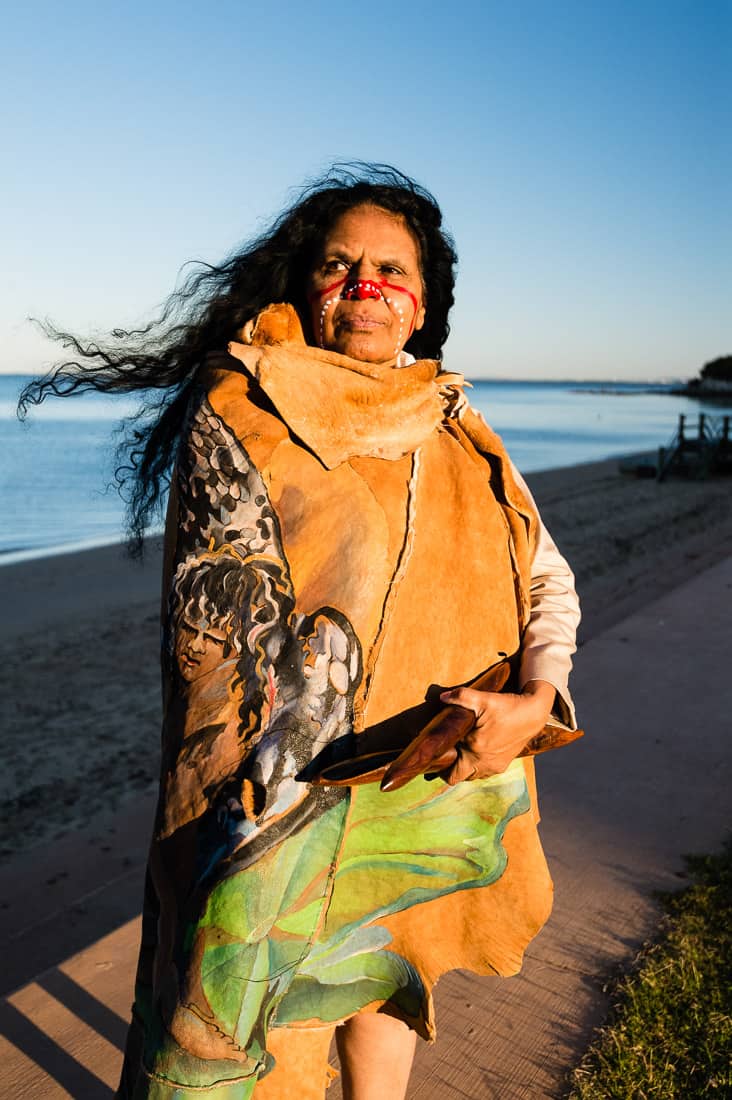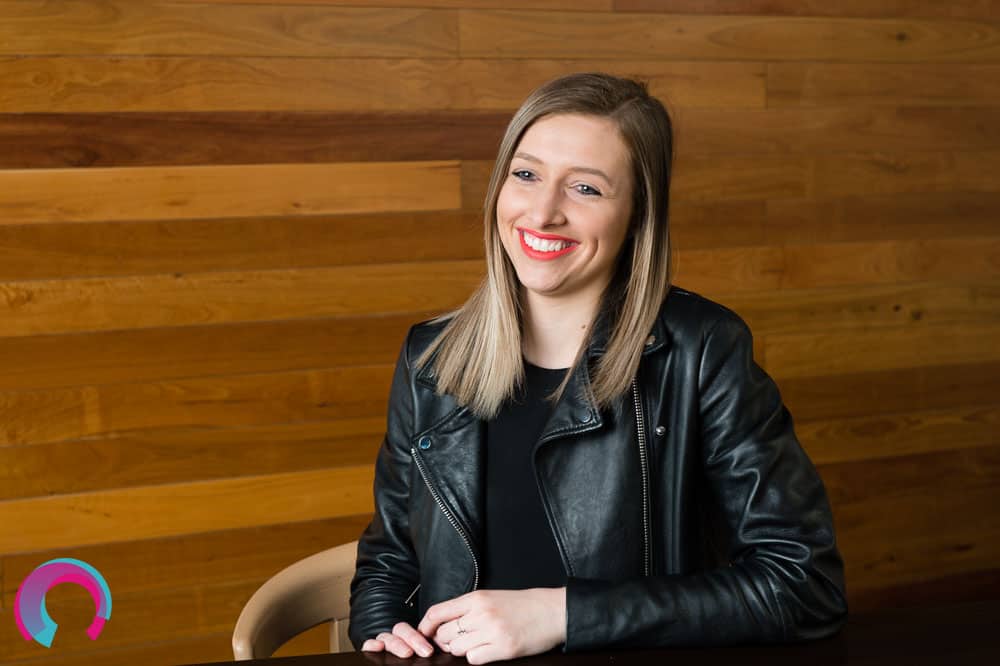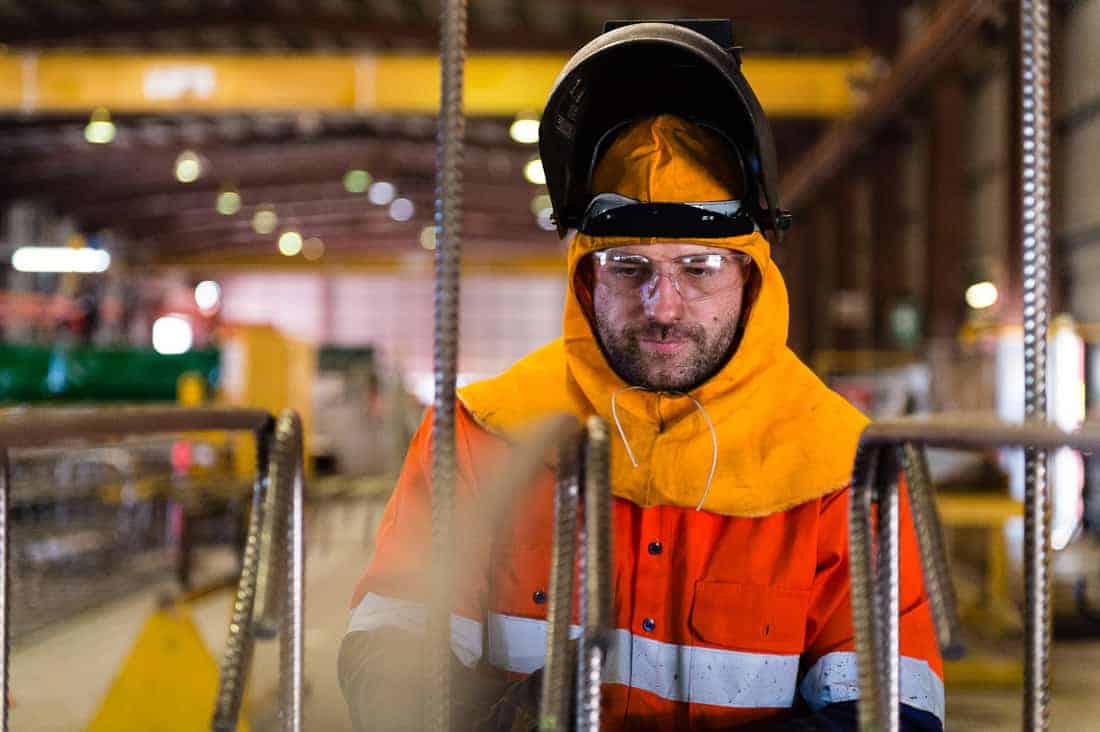Like David Attenborough, I’m a huge fan of capturing species in their natural habitat. So that means I always push to photograph people in their offices or on their work sites as much as possible and ditch the white backgrounds. But regardless of the background, you’re using, here are some tips to help you get more interesting and more engaging staff portraits.
Fear
Some people would rather inspect a nasty fungal infection of a random co-worker than have their portrait taken. Corporate portraits are terrifying for some people. So the first thing to do to get great portraits is reduce the fear factor. Most of this comes down to the photographer on the day and they’ll have plenty of tricks up their sleeve to achieve this. But here are some things from the client side that make a difference
- Don’t organise portraits for a Monday. Monday’s are a violent struggle between our conscientious selves and the snooze button.
- Tell people what to wear. Jackets or not? Ties or not? Do you have a policy on facial hair or makeup? Will people need PPE? Does it need to be branded? Does it need to be clean? Will you need to organise spare shirts or PPE for the shoot?
- Send around example images of what you’re going for. This gives people a warm introduction to the concept and people will pick up dress, hair and make-up cues as well.
- Create a private space. Being able to shut out the peanut gallery makes it much easier for someone to be vulnerable because they’re not being stared at/judged/heckled by their co-workers. You can achieve this outdoors, you just need to put some thought into it
People are intimidated by lights, cameras and a process they don’t know anything. Not only that but they know the result is going to be captured forever! So give your people time in the schedule and the right physical space they need to get great portraits, you’ll be grateful you did this.

Sitting down can be tricky to pull off. The key is not to slouch but to sit forward and lean towards the camera, like you’re having a conversation with the viewer. This is much more engaging. So much more relaxing for the subject than just standing like an awkward pickle.
Poses
Most newbie photographers will get the question ‘what should I do with my hands?’ Experienced photographers give people guidance before this subject even comes up. I always ask people ‘if we were having a conversation, how would you be standing?’ Most people find a great position from that. I also ask people to try various things out; hand in a pocket, hand on hips, fold your arms. This stuff is more relevant when you’re shooting against a white background. Because on location you’ll generally have something to interact with.

Asking people to just adopt a pose they’re comfortable with is much more effective than me dictating how they should hold position body.
Props
Give them something to interact with. Whether it’s a chair to sit on, a table to lean against, a rail to hold on to, a wall to put their shoulder against. Giving people something they can ‘do’ with their body removes most of their anxiety because they’re no longer just an object floating in space. They are, literally, grounded by something which makes a huge psychological difference to how they feel about their body.

Utilising chairs or other props to help people find a more comfortable position is really helpful. Andrew here still looks professional in his suit and tie, but he’s more relaxed and approachable because he’s sitting comfortably. Importantly he doesn’t look like he’s reclining or slouching. He’s leaning into the camera, engaging the viewer.
Conversation
There’s no rule that says every corporate portrait must have people looking straight into camera. Engaging people in a conversation off camera can make your people more relaxed and confident. Even better when you get them talking about something they’re a subject matter expert in.
Location
If your staff operate on site all or part of the time it makes more sense to photograph them on location. I go into more detail about that here. But choosing a location people are comfortable with makes way more sense that using an office or plain background
Distraction, Distraction, Distraction
The photographer’s job is 10% technical and 90% distraction. I can have the best lighting set up, the best prop for you to lean on, the most interesting background and the most flattering angle. But if the subject looks like I’ve just asked them to give me a rectal exam it doesn’t mean anything. The photographer should be well organised and have heaps of strategies for distracting the subject from the cameras, the lights and the overall process of having their photograph taken. Distraction allows you to dial down the terror and dial up their confidence. As a client, you can help your people by allowing enough time in the schedule for the photographer to build some rapport with the subject, and giving a really clear brief before the shoot. I cover that in more detail here.
At the end of the day, your clients will judge your whole company on how comfortable they feel dealing with your people. If they can have a warm introduction to your staff through a relaxed, professional portrait you’re definitely ahead of the curve. If you want to create exceptional portraits of your staff, get in touch.






